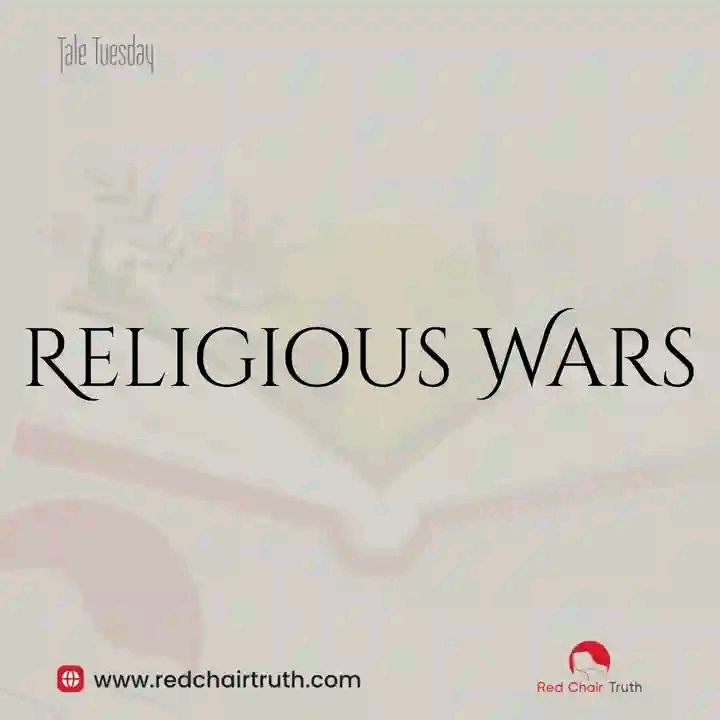The First Major Attack
The first major direct violent attack on Christianity in Nigeria happened in October 1982. The Muslim Student Society of Nigeria (MSSN) protested against the location of St. George’s Anglican Church in Fagge, Kano city, on the grounds that it was close to a mosque. This argument was outrageous since the church was built in 1933, about forty years before the mosque. The Muslim community was threatened by the increasing presence of Christianity.
Robert Runcie, the Archbishop of Canterbury, had visited Nigeria in April 1982, and one of the highlights of his visit was the laying of the foundation stone of a new church building on the site of the old St. George’s building.” In the crisis that ensued after the protest, at least eight churches were vandalized and forty-four people killed.” St George’s was saved by the quick intervention of the police.
The University of Ibadan Conflict
In 1985, the centre of the battle temporarily shifted to western Nigeria and, strangely, to an academic community, the University of Ibadan. The crisis started when Muslims complained about the location of a cross in front of the eastern side of their mosque even though the cross had been there for almost two decades, the Muslim demanded it should be removed. This came on the heels of the commissioning of the new mosque. At the opening ceremony of the mosque, these financiers-Moshood Abiola and Alao Arisekola-had demanded that the curriculum of the university be made more Islamic in orientation and that the cross be removed.
The management committee of the mosque made this demand in a letter to the vice-chancellor under the title, “Request for the removal of cross from the front of new mosque.” When the letter was forwarded to the chapel, it was vehemently challenged, and an unexpected protracted battle followed. The battle was fought on the pages of newspapers and on television and radio stations across the country. Eventually, a compromise was reached. A screen was erected to block the view of the cross from the mosque and later the Muslims built a large crescent to rival the cross. The controversy formally ended in September 1987.
The Kafanchan Crisis
In 1987, the battle ground shifted to Kafanchan. The crisis began at the College of Education, Kafanchan. It happened during the Mission ’87 programme hosted by the Fellowship of Christian Students (FCS).” The programme was an annual one and a normal feature in institutions of higher learning in Nigeria, but Muslim students saw in it an opportunity to launch an attack on Christian witness in the school. Muslim students had frowned at a banner placed at the entrance of the school by the FCS to celebrate the programme, which read: WELCOME TO MISSION ’87 ON JESUS CAMPUS. They protested to the school authorities, who ordered the FCS leaders to remove the banner. They promptly complied.
Nevertheless, violence erupted when the guest speaker at the programme, Abubakar Bako, made references to the Quran in an attempt to illustrate a point. The 1990s witnessed an escalation in violent clashes between Christians and Muslims in Nigeria. In about ten major riots in the 1990s-Bauchi, April 1991 and July 1995; Kano, October 1991 and May 1995; Zangon Kataf, 1992; Katsina, 1991; Potiskum, 1994; Jos, 1994; and Borno, 1998-thousands of lives were lost, property worth billions of naira was destroyed, and thousands of people were displaced.”
The Kaduna Riots
February 2000 witnessed one of the bloodiest religious riots in Nigeria’s history-about 2,000 people lost their lives during two days of fighting between Christians and Muslims in Kaduna.” A further 200 were killed three months later in May.” The causes of these riots, which almost always start without warning, are usually shrouded in conflicting reports. Remarkably, the interpretation of these riots has equally been marred by the pressure to be politically correct, and by the fear of verbal, economic or physical punishment for speaking the truth.
Date: 6th September 2022
Title: Religious Wars
Source: A Heritage of Faith: A History of Christianity in Nigeria
Author: Ayodeji Abodunde
Tale Tuesday 007

Previous post
Next post